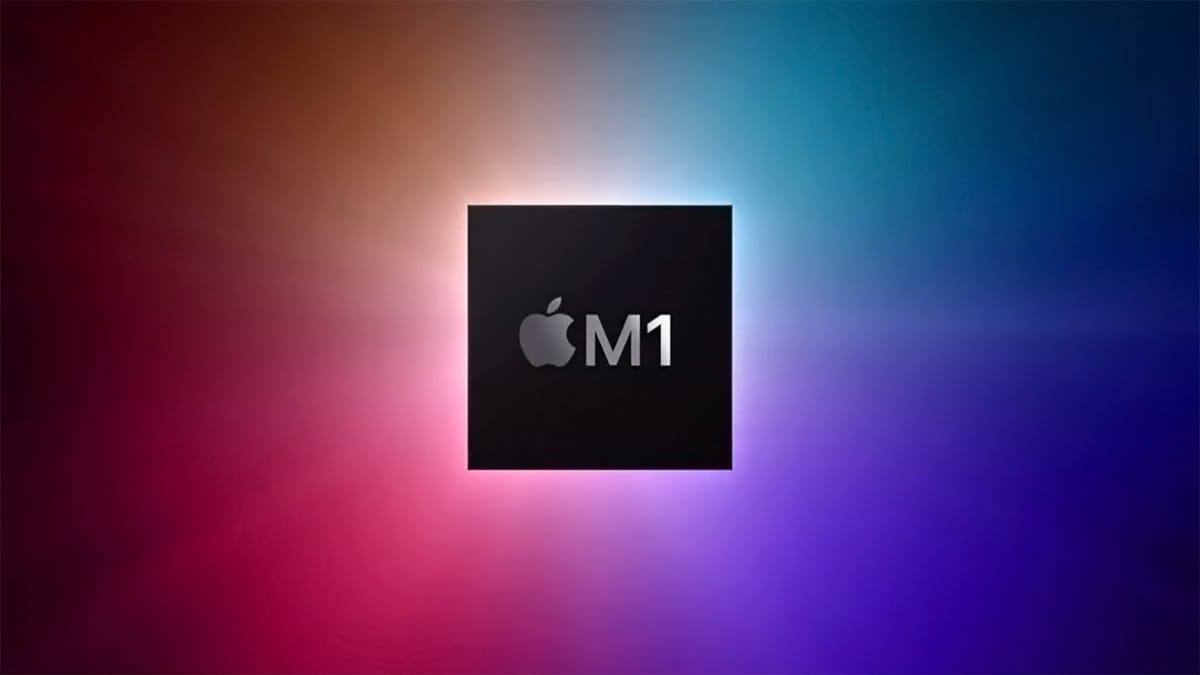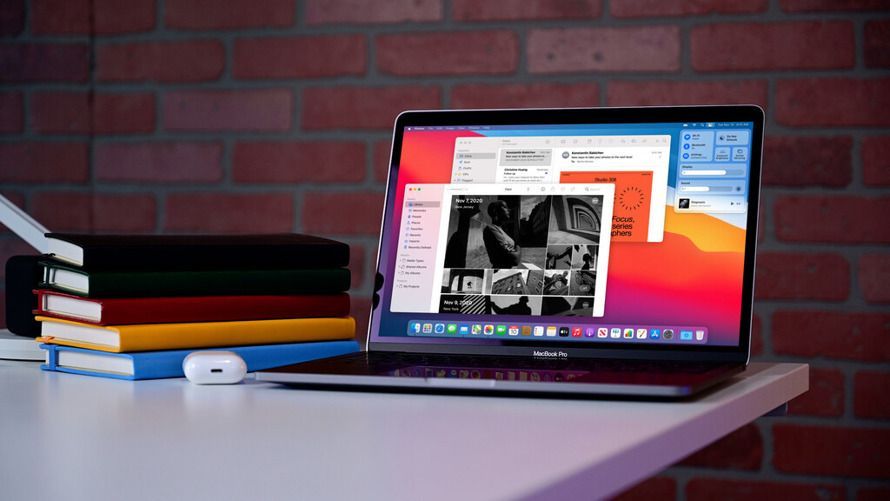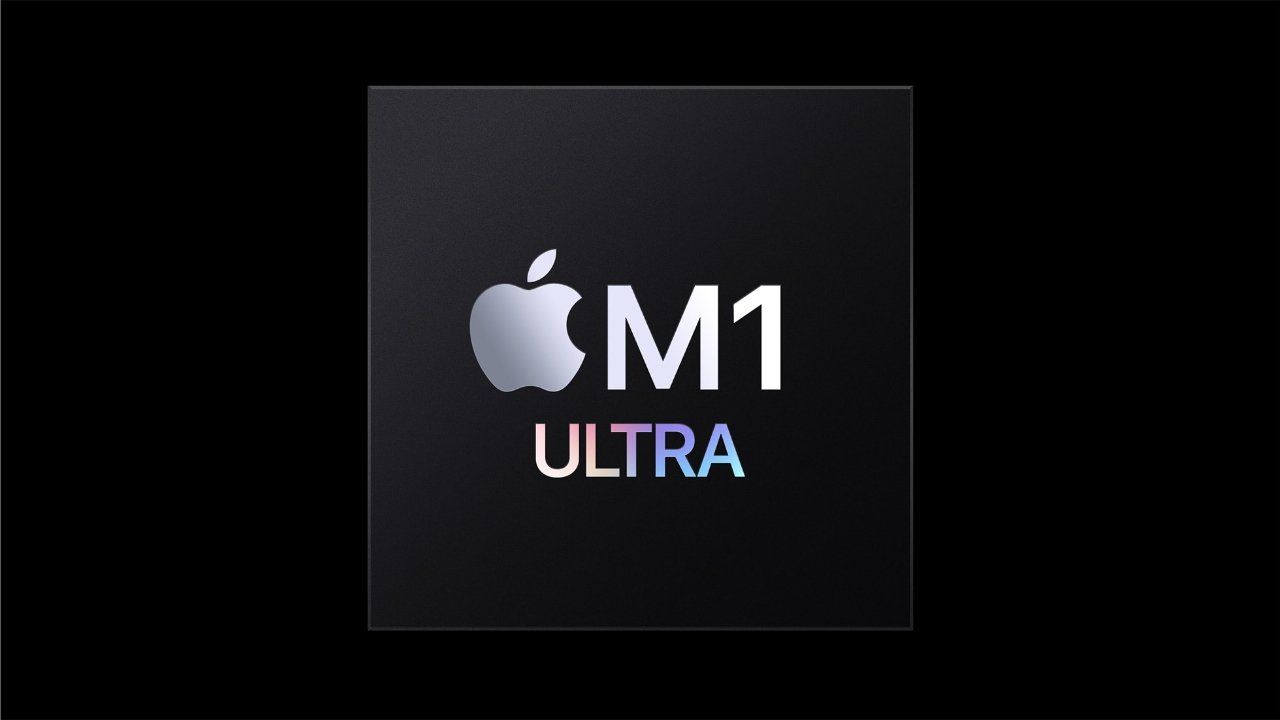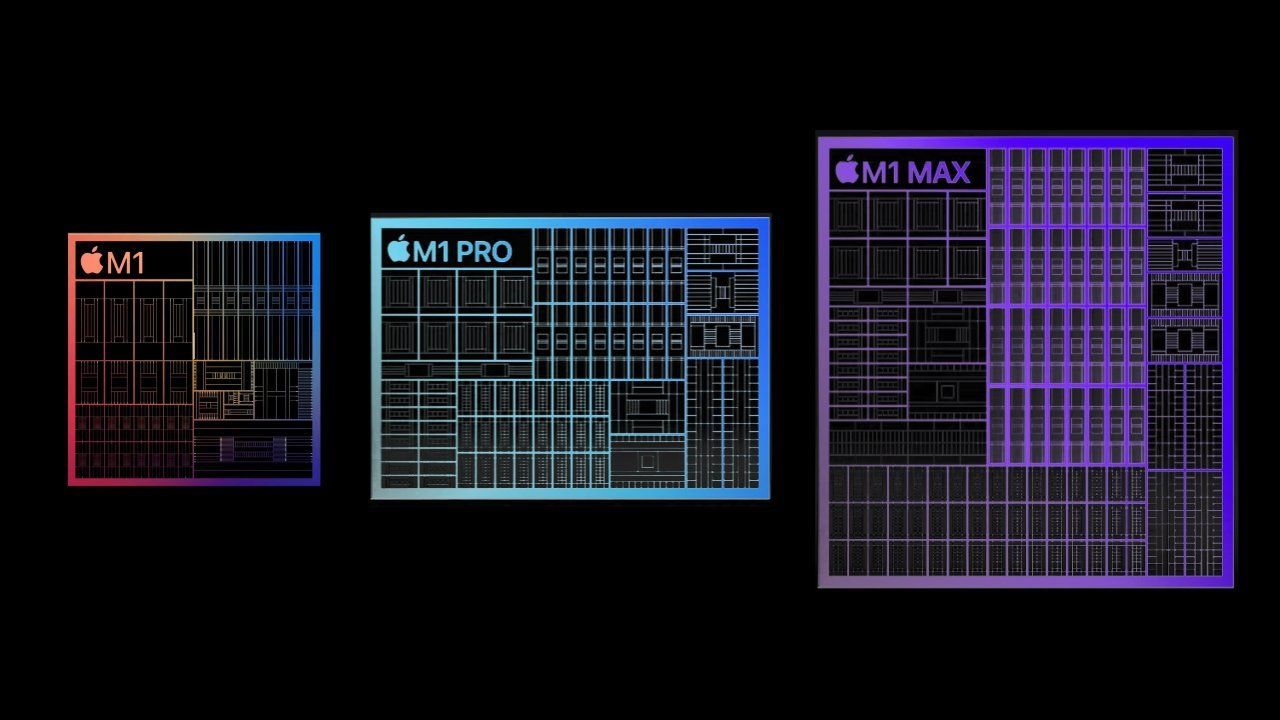Power Efficiency vs Performance: Apple Silicon vs Intel
Apple's recent shift to using its own custom-designed Apple Silicon processors in its Mac computers has sparked a renewed interest in the competition between Apple and Intel processors.

1. Introduction: Renewed Interest in the Competition between Apple vs Intel Processors

Checkout: https://firstfinger.in/is-it-worth-getting-16gb-ram-macbook-air-m1/
Apple's recent shift to using its own custom-designed Apple Silicon processors in its Mac computers has sparked a renewed interest in the competition between Apple and Intel processors. In this article, we'll take a closer look at the architecture, performance, efficiency, and technology behind both types of processors, as well as the impact that the shift to Apple Silicon is having on developers and the computer industry as a whole.
2. History of the Competition: Apple's Custom-Designed Processors vs Intel's Dominance

First, let's take a look at the history of the competition between Apple and Intel processors. Intel has been the dominant player in the computer processor market for decades, with its x86 architecture being used in the vast majority of personal computers. However, Apple has always used its own custom-designed processors in its Macintosh computers, starting with the Motorola 68000 in the original Macintosh in 1984.
3. Architecture Comparison: ARM vs x86
The architecture of Apple Silicon processors is based on ARM architecture, which is a RISC (Reduced Instruction Set Computer) architecture, whereas Intel processors are based on x86 architecture which is CISC (Complex Instruction Set Computer) architecture. The ARM architecture is designed to be more energy-efficient, which is why it is used in mobile devices like smartphones and tablets. However, it is also more powerful than it used to be. The Apple Silicon processors are based on ARM architecture which allows them to be more power-efficient, which is beneficial for laptops and desktops as well.
4. Performance Comparison: Power Efficiency vs Maximum Performance
When it comes to performance, both Apple Silicon processors and Intel processors are capable of delivering high performance, but in different ways. Apple Silicon processors are designed to be more power-efficient, which allows them to run longer on a single charge. This is especially beneficial for laptops and other portable devices. On the other hand, Intel processors are designed for maximum performance, which is why they are often used in desktop computers and other high-performance devices.
5. Efficiency Comparison: Power Efficiency of Apple Silicon vs Intel Processors
In terms of efficiency, Apple Silicon processors are generally considered to be more power-efficient than Intel processors, which means that they can run longer on a single charge and produce less heat. This is especially beneficial for laptops and other portable devices.
6. Impact on Developers: The Need to Update Software for the New Architecture
The shift to Apple Silicon processors is having a significant impact on developers as well. Since Apple Silicon processors are based on ARM architecture, developers will need to update their existing software to work with the new architecture. This can be a significant undertaking, but it also presents an opportunity for developers to optimize their software for the new architecture and take advantage of its unique features.
7. Technology Comparison: Cutting-Edge Technology in Apple Silicon vs Intel Processors

In terms of Technology, Apple is using cutting-edge technology to design and manufacture its Apple Silicon processors. The company has invested heavily in advanced fabrication processes like 5nm, which allows it to create processors that are both powerful and power-efficient. This is a significant advantage over Intel, which is still using 14nm fabrication process.
8. Fabrication Process Comparison: 5nm vs 14nm
Another important aspect to consider is the fabrication process used in the design and manufacture of these processors. Apple's use of 5nm fabrication process for its Apple Silicon processors is a significant advantage over Intel, which is still using 14nm fabrication process. The 5nm process allows for smaller transistors, which in turn allows for more transistors to be packed into a smaller area. This leads to more processing power and improved energy efficiency.
9. Developer Support: Tools and Resources for Optimizing Software
In terms of developer support, Apple has been working closely with developers to ensure that their software is compatible with the new architecture. The company has also provided tools and resources to help developers optimize their software for the new processors. This support is crucial for ensuring that the transition to Apple Silicon processors is as smooth as possible.
10. Compatibility: Running Older Software and Hardware on Apple Silicon Macs
Another aspect to consider is compatibility with older software and hardware. Apple has introduced a feature called “Rosetta 2” which helps users to run older software that is not compatible with the new architecture. However, it is important to note that not all software will be compatible, and some performance loss may occur.
11. Future Developments: Apple's Plans for Advancing Apple Silicon Technology
In terms of future developments, Apple has announced plans to continue investing in its Apple Silicon processors and advancing its technology. The company has stated that it plans to continue using the ARM architecture, which has been proven to be more power-efficient and capable of handling more demanding tasks.
12. Conclusion: Weighing the Pros and Cons of Apple Silicon vs Intel Processors.
Overall, the shift to Apple Silicon processors is a significant development in the computer industry. The new processors offer improved performance and efficiency, and Apple's investment in advanced fabrication processes and developer support will help ensure a smooth transition for users. While there may be some challenges and limitations, the shift to Apple Silicon processors is a positive step forward for the industry and for users.
It's worth noting that the choice between Apple Silicon processors and Intel processors will also come down to personal preference and the specific needs of the user. For those who are heavily invested in the Apple ecosystem and use a variety of Apple products, the transition to Apple Silicon processors may be a seamless one. Additionally, for users who prioritize power efficiency and longer battery life, the Apple Silicon processors may be a better choice.
On the other hand, for users who rely heavily on software that is not yet compatible with the new architecture or for users who prioritize maximum performance, sticking with Intel processors may be a better choice.
In summary, the competition between Apple Silicon processors and Intel processors is a complex one. Each type of processor has its own strengths and weaknesses, and the choice between them will come down to personal preference and the specific needs of the user. While the shift to Apple Silicon processors is a significant development in the computer industry, it is important for users to weigh the pros and cons before making a decision.
In any case, it's clear that both Apple and Intel are continuing to innovate and advance their technology, and we can expect even more powerful and efficient processors in the future. The competition between Apple Silicon processors and Intel processors is a fascinating one, and it will be interesting to see how it develops in the coming years.
In terms of Gaming, the performance of Apple Silicon processors is still being tested and benchmarked, but early results indicate that it may not be as powerful as Intel processors when it comes to gaming. However, Apple has announced that they are working on improving the performance of Apple Silicon processors in gaming and other resource-intensive tasks.
Another thing to consider is the future of the industry. With Apple switching to its own processors, other companies may follow suit, which could lead to a significant shift in the computer industry. This could have a major impact on the future of Intel and the x86 architecture, as well as the future of software development.
In conclusion, the competition between Apple Silicon processors and Intel processors is a complex one, and the choice between them will come down to personal preference and the specific needs of the user. While the shift to Apple Silicon processors is a significant development in the computer industry, it is important for users to weigh the pros and cons before making a decision. The Apple Silicon processors are more power-efficient, based on ARM architecture, and manufactured using cutting-edge technology, while Intel processors are designed for maximum performance. The choice between the two will depend on your personal usage, software compatibility, and future needs.
Reference Headlines for this post:
- "Is the 16GB RAM Upgrade Worth it for the MacBook Air M1?"
- "Maximizing Performance: The Pros and Cons of 16GB RAM on the MacBook Air M1"
- "Do You Really Need 16GB of RAM on the MacBook Air M1?"
- "The Debate Over 16GB RAM for the MacBook Air M1: Is It Necessary?"
- "Making the Most of Your MacBook Air M1: A Look at 16GB RAM"
- "The case for and against 16GB RAM on MacBook Air M1"
- "Maximizing Productivity: 16GB RAM on MacBook Air M1"
- "Is the extra cost of 16GB RAM on MacBook Air M1 worth it?"
